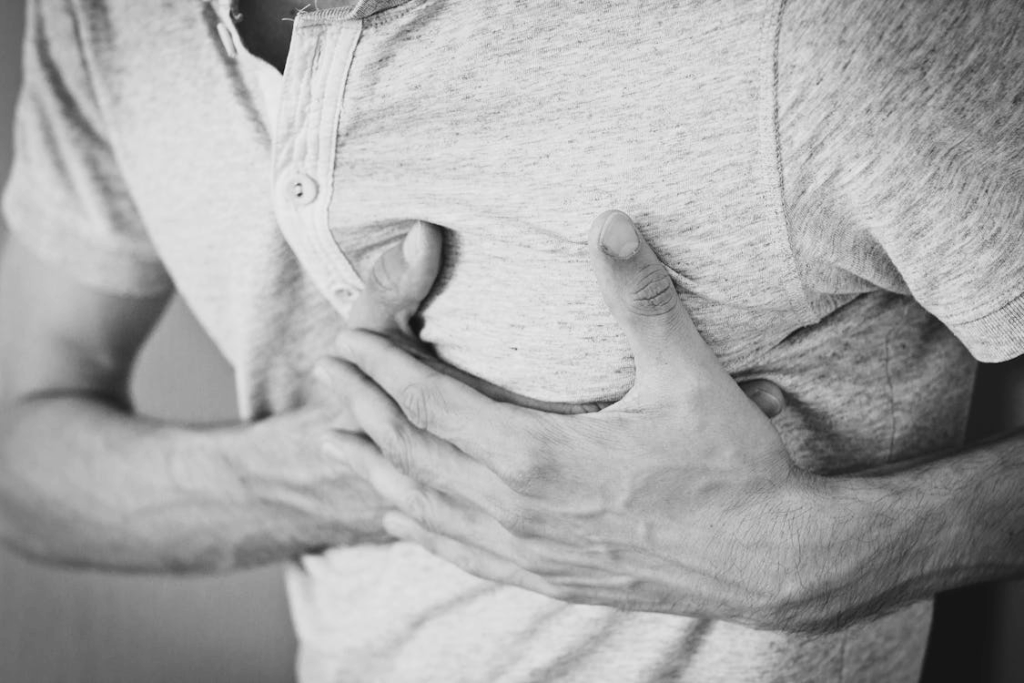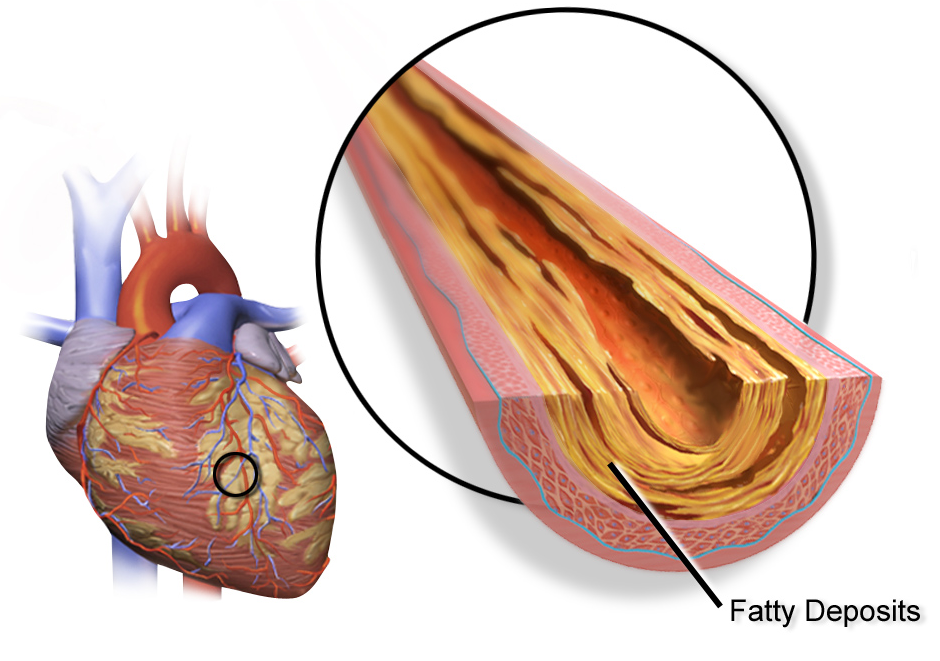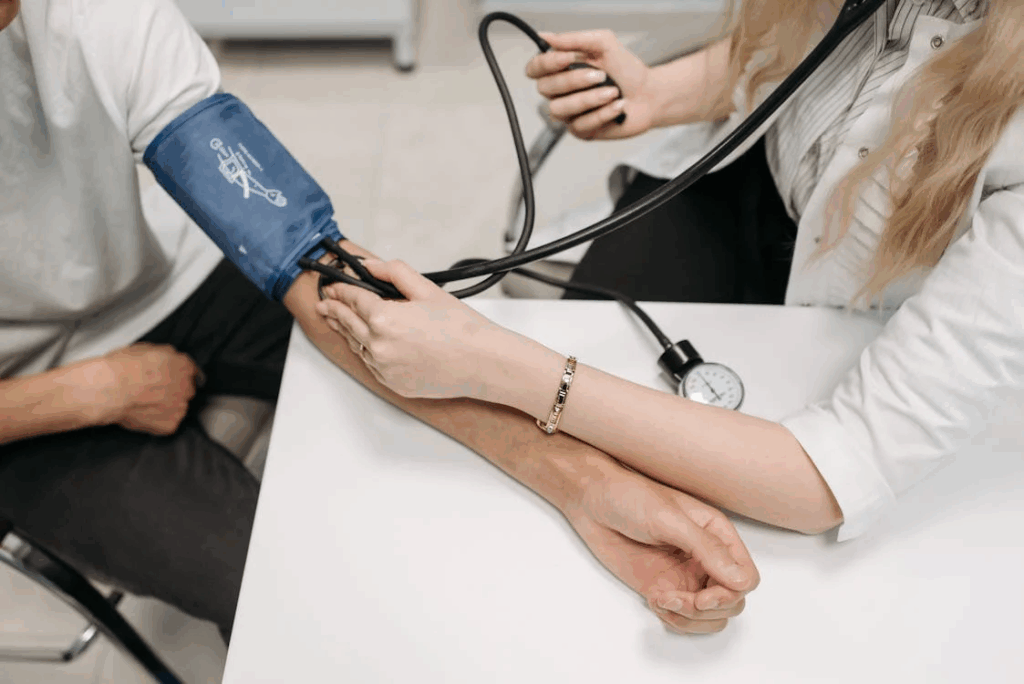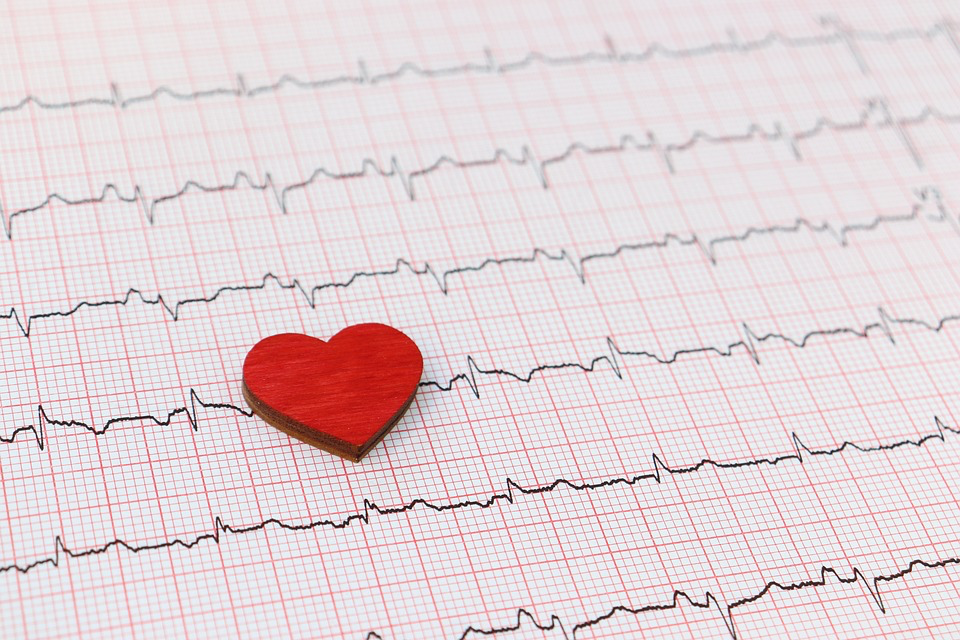You brush your teeth, grab your coffee, and head to work. These daily routines feel harmless, but some everyday habits might quietly damage your heart. More than 800,000 Americans have heart attacks each year, and heart disease remains the leading cause of death nationwide. Many people focus on obvious risks like smoking or poor diet, yet overlook small daily behaviors that put their health at risk. Learning how to avoid heart attacks through simple lifestyle changes could save your life. Leading cardiologists reveal seven proven strategies to protect your heart.
What Happens During a Heart Attack

When a blood clot blocks one of the arteries feeding your heart muscle, it cuts off the oxygen supply, and then every minute starts to count. Dr. Christopher Broyd, consultant cardiologist, warns that without oxygen, your heart muscle starts dying within minutes. How severe the damage becomes depends on how long the blockage stays during a heart attack, which can last anywhere from minutes to hours without treatment. The difficult part is that they often come from years of artery damage caused by everyday choices.
What Can Cause a Heart Attack Without Warning

Plaque buildup in your coronary arteries develops over the years, creating a silent process where most people experience no symptoms until they have an attack. The plaque contains cholesterol, fats, and cells that stick to artery walls. Over time, this buildup narrows arteries or breaks apart suddenly, causing blood clots. Your first symptom shouldn’t be your last. Prevention puts you back in control.
1. Move Daily and Break Up Sitting

When you sit for hours, your cardiovascular system slows down. Blood pools in your legs. Your metabolism drops. Arteries become less flexible. An inactive lifestyle can lead to weight gain, high cholesterol, and increased blood pressure, all of which increase your risk for heart disease. Start with walking, stretching, or using a stationary bike. The American Heart Association recommends 150 minutes of moderate exercise weekly. Even short bursts of activity add up and signal to your body that you’re serious about preventing a heart attack.
2. Master Stress Management

Chronic stress raises cortisol levels, which raises blood pressure and increases inflammation throughout your arteries. Your fight-or-flight response was designed for escaping immediate danger, not managing daily office pressures. This constant alert state increases your risk of a heart attack, including the severe type known as a widow maker that often strikes without warning. Combat stress through regular physical activity like walking or yoga, which releases tension and boosts mood-lifting endorphins. Practice mindfulness techniques such as meditation or deep breathing to activate your body’s rest-and-digest mode, which helps repair and protect your cardiovascular system.
3. Prioritize Quality Sleep

While you sleep, your cardiovascular system goes into repair mode. Poor sleep disrupts this critical process, leading to increased blood pressure, weight gain, and higher diabetes risk. These factors damage your heart and disrupt your body’s natural healing mechanisms that protect your arteries. Set a consistent sleep schedule by going to bed and waking up at the same time each day to regulate your internal body clock. Avoid caffeine and nicotine in the late afternoon and evening, as they can interfere with sleep. Adults need seven to nine hours of quality sleep nightly.
4. Get Strategic Sun Exposure

Your body needs sunlight to produce vitamin D, which regulates calcium absorption and arterial function. Vitamin D deficiency from lack of sunlight leads to higher blood pressure, inflammation, and increased heart disease risk. Aim to get outside for 15-30 minutes daily to attack vitamin D deficiency. Morning hours work best when the sun is less harsh. Take short breaks to step outside during work or enjoy outdoor activities like gardening. This becomes particularly important during winter months.
5. Attack Isolation with Strong Social Connections

Studies show loneliness can trigger stress responses, raise blood pressure, and harm immune function. Your nervous system interprets loneliness as a threat, keeping you in constant alert mode. This chronic state puts strain on your cardiovascular system and increases heart disease risk. Make intentional efforts to connect with others. Call friends regularly. Join clubs or community groups to build your support network. Dr. Broyd notes that improving social isolation takes effort, but building relationships enhances your support network and well-being.
6. Take Care of Your Teeth and Gums

People with poor oral health have higher rates of heart problems than those with good oral health, according to Harvard Health research. Scientists think bacteria from infected gums may travel through your blood to your heart, or that gum disease causes inflammation that spreads throughout your body. A study of nearly one million people found the connection is complicated. When researchers looked at smoking habits, the link between tooth loss and heart attacks mostly disappeared. This suggests smoking affects both oral and heart health independently. Brush your teeth twice daily. Floss regularly. Maintain regular dental checkups. Most importantly, don’t smoke since it harms both your gums and heart.
7. Partner with Your Doctor for Prevention

The best heart attack treatment is preventing it entirely through early detection. Regular checkups can identify problems through cholesterol tests, blood pressure monitoring, and cardiac rhythm checks before symptoms develop, helping you avoid a heart attack and the need to rehab your cardiovascular health afterward. Key targets include blood pressure under 120/80 mmHg, LDL cholesterol under 70 mg/dL, and optimal blood sugar levels. This preventive approach can stop cardiovascular disease before it starts. Schedule annual checkups and discuss your cardiac risk factors with your healthcare provider.
The Best Attack is Prevention

Small, consistent changes create dramatic heart improvements. You don’t need to overhaul your entire lifestyle overnight. Pick one or two strategies that feel manageable and build from there. Your heart will thank you for every positive step you take. Remember that prevention is always better than treatment. Start protecting your heart today with these evidence-based strategies that can reduce your risk of a heart attack.
Disclaimer: This information is not intended to be a substitute for professional medical advice, diagnosis or treatment and is for information only. Always seek the advice of your physician or another qualified health provider with any questions about your medical condition and/or current medication. Do not disregard professional medical advice or delay seeking advice or treatment because of something you have read here.